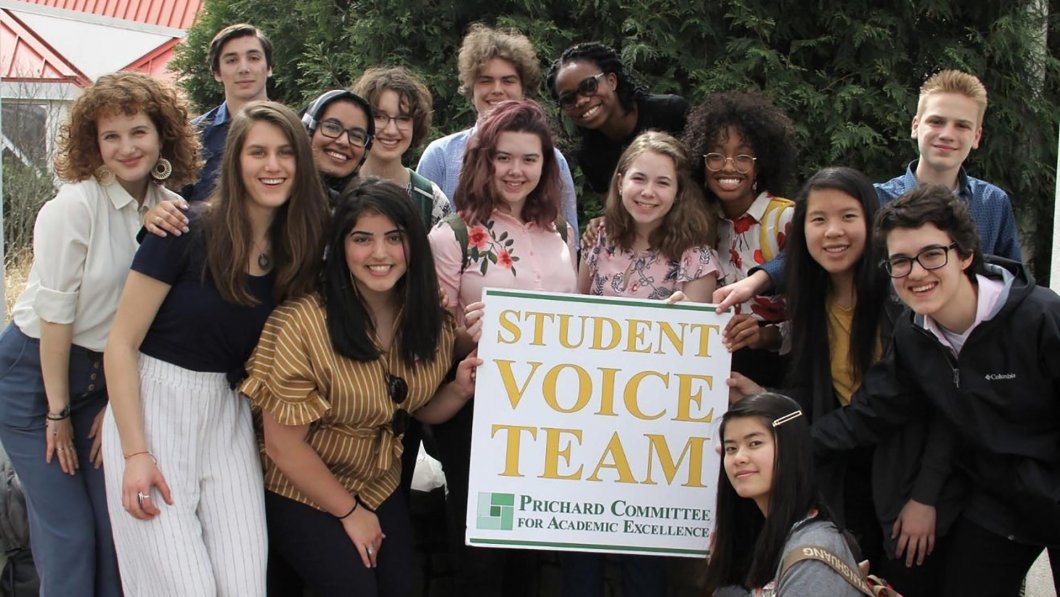Background
Racial dynamics, disparities and divisions permeate our society, communities, schools and classrooms. Systemic racism is so deeply rooted in our history, culture and institutions that there’s no escaping it. Visible or not, its impacts are ever-present.
Yet, discussions of racism are typically not part of our curriculum — unless we’re teaching social sciences or literature, or highlighting a particular holiday or hero. And even then, the race content may often be lacking or lackluster.
Adding to this context is the fact that a majority of our public school students are students of color while only 18 percent of our teachers are teachers of color. This presents different challenges for white teachers and teachers of color when approaching issues of race.
Because racism is complex and contentious, many of us are afraid to even broach the subject.
Fear of opening a can of worms and making a mistake can be paralyzing. It often feels easier and safer to avoid the topic altogether. Instead of calling attention to racism, we too often wish it would just go away. But whether we choose to talk about it or not, racism is already in the building. And, the more we avoid it, the more it grows.
Silence and inaction reinforce the status quo. Avoidance speaks volumes — it communicates to students of color that racism doesn’t matter enough to warrant attention and, by omission, invalidates their experiences, perspectives, identities and lives. White students, on the other hand, often see racism being accepted and normalized, without acknowledgement or accountability. And the lofty ideal of educational excellence and equity for all students, if it even exists at your school, may seem like a hollow commitment.
To advance real solutions, we need to address real problems. As teachers, we have “teachable moments,” or opportunities to constructively and productively address race. But these opportunities need to be thoughtfully created, seized, planned and managed. We have choices when addressing matters of race. In our own classroom, we are the power-holder, the gatekeeper, and the standard setter. One choice is to unconsciously and passively perpetuate racism, while the other is to consciously and actively pursue racial equity.
You probably don’t have to revamp your entire curricula or classroom practice. But there are many ways we can make room for addressing racial dynamics. Discussions in your classroom can even be steppingstones to addressing race in your school, school district and community. Creating the space to talk about race can open the way for some of the most powerful learning and change that you and your students will ever experience.
The following tips can help you make race conversations normal, constructive and successful. These skills are best learned through collective dialogue with others committed to addressing racial equity, as well as through lots of practice. When discussions of race and racism become normalized, the promise of equity can be realized.






